Avoid toxic overload by eating organic foods and drinking clean, filtered water.
Nasty things that can be found in your food include pesticides, antibiotics, growth-hormones and food-additives. Organic foods have to prove that they are free of these toxins and are grown in fertile soil making them high in vitamins and minerals. Organic foods must also be free of genetically-modified ingredients. Tap water may contain free chlorine, hormones and heavy metals, all of which have been linked to cancer growth.
Toxins in our food have to be neutralized and eliminated from our bodies, putting a burden on our liver, kidneys and bowels. If we eat organic and drink filtered water, we are lessening the toxic load on our bodies and increasing our intake of vitamins and minerals.
|
The Clean Fifteen – Lowest in Pesticides |
The Dirty Dozen – Highest in Pesticides |
||
|
1 |
Onions |
1 |
Apples |
|
2 |
Sweet Corn |
2 |
Celery |
|
3 |
Pineapple |
3 |
Strawberries |
|
4 |
Avocado |
4 |
Peaches |
|
5 |
Asparagus |
5 |
Spinach |
|
6 |
Peas |
6 |
Nectarines |
|
7 |
Mangoes |
7 |
Grapes |
|
8 |
Eggplant |
8 |
Peppers |
|
9 |
Melon |
9 |
Potatoes |
|
10 |
Kiwi |
10 |
Blueberries |
|
11 |
Cabbage |
11 |
Lettuce |
|
12 |
Watermelon |
12 |
Kale |
|
13 |
Sweet Potatoes | ||
|
14 |
Grapefruit | ||
|
15 |
Mushrooms | ||
Figures supplied by the US Environmental Working Group Shopper’s Guide to Pesticides in Produce.
Even though you can make a choice to eat the cleanest fruit and vegetables, farm-workers and rural residents have no choice when it comes to exposure to dangerous chemicals. There is not much difference in the amount of chemicals that are applied to the so-called clean crops as compared to the dirty ones, 26lbs of pesticide per acre compared to 30 lbs. Many of the pesticides used are toxic fumigants that don’t remain on the crops you buy, but are dispersed widely in the farm area where they are used. So to help the environment and the rural communities, its definitely best to buy organic.
Green fact – around 150 million tonnes of synthetic fertiliser are used every year on the world’s crops. And in the US alone, 1.2 billion pounds of pesticides are used.
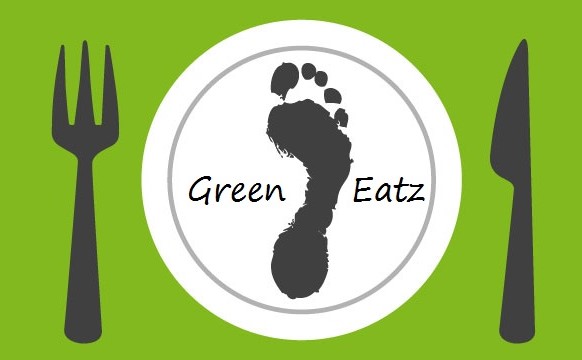
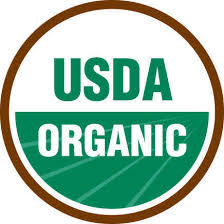
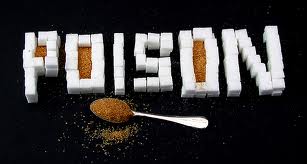

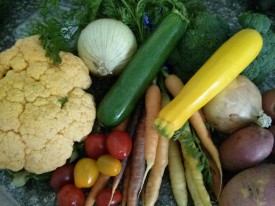
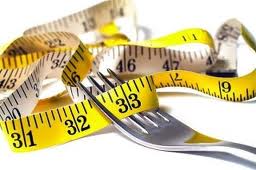


I had no idea that fruits/vegetables like apples, peaches, nectarines, grapes, lettuce, etc. were on the dirty dozen list and apples, peaches and nectarines are my favorite fruits although not as much now that I have to watch my sugar intake more. But still I love most of the fruits and veggies on the dirty dozen list and am surprised. As someone who’s on the road all the time it’s also nearly impossible to cook anything at home which is also good. Good article. Interesting and informative.
hello!
i live and help run an organic family farm in hawaii
it is 20 acres
we face daily at the farmers market the fact that many people dont see any reason why they should buy our organic product
your article was actually the most helpful thing i have found on the internet as to why organic produce is better for our health and the environment
thank you!!
i am trying to make a tshirt that we can wear at the market as well as a slide show to try and help people understand why organic is more beneficial than non organic
if you have any more information please let me know
i have not been able to find the carbon footprint of organic vs. non organic : /
thank you again!!!
kristy from HomeGrown Organics
Hi Kristy, Great to hear about your organic farm in Hawaii. As to the carbon footprint of organic versus conventional foods, there does not appear to be a significant difference. On the plus side, organics do not use petrochemical pesticides and fertilizers that have high greenhouse gas emissions. On the other hand, organic yields may be lower thus requiring more land. Selling at a local farmer’s market does cut down the emissions from storage, processing and transport, so that certainly lowers the carbon footprint of your products. Good luck with your farm! Regards Jane